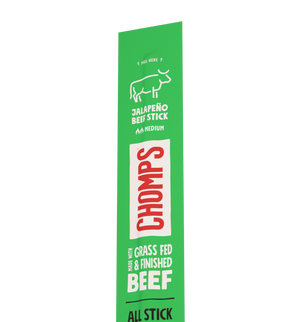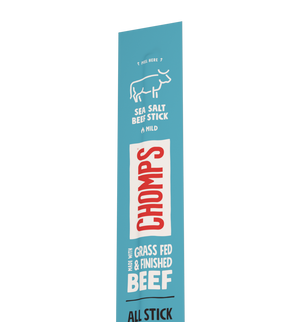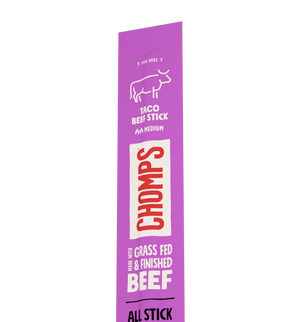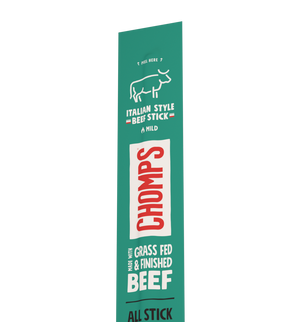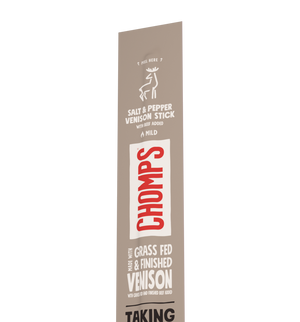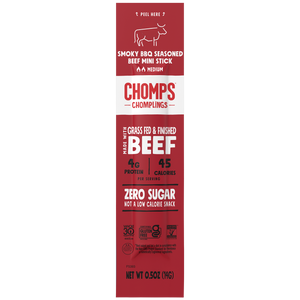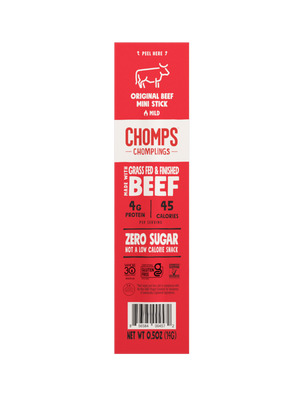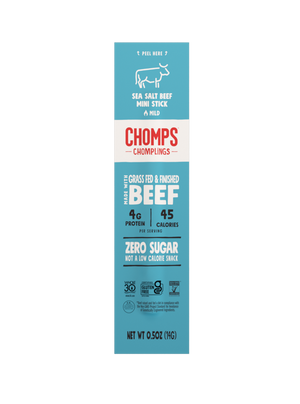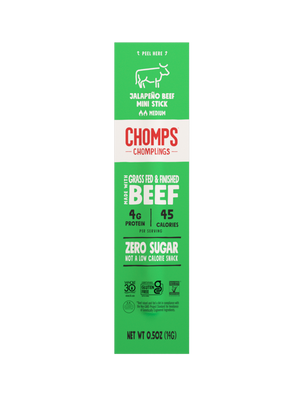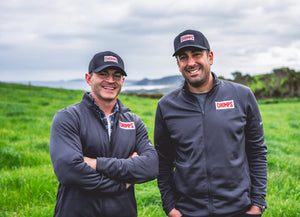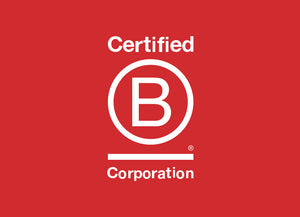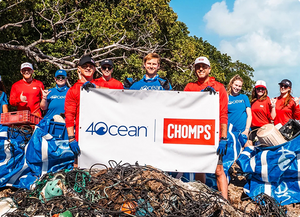According to the founders, the Whole30 is not meant as a quick fix or diet, it's meant to change your life. But how does it do this? The Whole30 incorporates a number of different rules to help eliminate cravings of certain foods while improving certain medical conditions, improving energy levels, and even rebalancing hormone levels.
Some may consider the Whole30 diet a type of elimination diet, subtracting foods that contain sugar, alcohol, grains, dairy, and legumes for a total of 30 days. The theory behind this approach comes from the idea that the physical and mental struggles we face today could simply be due to poor diet. But how do you know which foods are causing what issues if you never cut them out?
In this article, we'll discuss the basics of the Whole30 diet including:
- What is the Whole30 diet
- The basic rules of the Whole30 diet
- What to expect on the Whole30 diet
- Reviews of the Whole30 diet
- Pro tips from experienced Whole30-ers
- Most commonly asked questions
What Is the Whole30 Diet?
Whole30 is focused on "real foods", which are essentially foods that can be grown or found in nature, without being processed by humans. It also cuts out added sugar and limits the participant to only a few food groups. It is technically a Paleo diet, with more restrictions than the simple Paleo guidelines.
The Basic Rules of the Whole30 Diet
When it comes to the Whole30 diet, it's no secret that some foods are off-limits (for 30 days, that is). The Whole30 diet breaks it down in a simple manner, categorizing foods that you simply can or cannot eat.
On the Whole30, you're allowed to eat:
- Meat
- Seafood
- Eggs
- Vegetables
- Fruit
- Natural, healthy fats
- Herbs and spices
Read our Whole30 Meal Plan for a better idea of what meals you can make on the plan.
When it comes to what foods should be eliminated, the list is a bit longer than what foods are allowed. But there's no reason to feel overwhelmed, we've got you covered. Follow along to see which foods you should be avoiding and why.
Avoid all types of sugar
You want to avoid added sugar (real or artificial). This includes maple syrup, honey, agave nectar, coconut sugar, date syrup, stevia, Splenda, Equal, xylitol, and other sweeteners. As you start the Whole30, it's important to become an expert at reading labels, as companies tend to hide sugar into products without the consumer even noticing.
Avoid baked goods, junk foods, or treats
This means even foods with "approved ingredients". But why? Including foods in your diet that could potentially curb your cravings while still technically following the dietary guidelines still goes against the idea of the Whole30 diet, which is that you're creating a lifestyle change, not just a dietary change. Think about it, a pancake is still a pancake, even if it is made with almond flour. Some other foods that fall under this rule include waffles, tortillas, biscuits, muffins, cupcakes, crepes, cookies, brownies, "healthy" pizza crusts, pasta, granola, cereal, ice cream, chips, or fries (yes, even sweet potato fries).
Avoid grains
Along with the foods listed above, you want to avoid grains as well. What foods fall into the "grains" category? These foods include (but are not limited to) oats, corn, rice, wheat, rye, barley, quinoa, sprouted grains, sorghum, bulgur, and buckwheat. These foods are added into many different foods and food products which is another reason you want to become the ultimate expert in reading your food labels.
Avoid most legumes
What are legumes, exactly? These are foods that can be categorized in a "bean" category such as black beans, red beans, pinto beans, navy beans, garbanzo beans, chickpeas, white beans, kidney beans, lima beans, fava beans, cannellini beans, lentils, adzuki, mung, cranberry, black-eyed peas, and peanuts. You should also avoid all forms of soy (soy sauce, miso, tofu, tempeh, edamame, soy protein, soy milk, or soy lecithin).
Avoid dairy
Dairy is a seemingly large food group that includes cow's milk, goat's milk, sheep's milk, and other products such as cream, cheese, cream cheese, kefir, yogurt, sour cream, ice cream, or frozen yogurt.
Avoid MSG (monosodium glutamate) and sulfites
If these ingredients appear in any form on the label of your processed food or beverage, it's out for the Whole30.
Avoid the scale or other forms of measurement
Yes, you read that right. Not only does the Whole30 avoid certain foods, but it also avoids certain activities as well. This is because the Whole30 is about so much more than weight loss, and to focus solely on body composition means you might miss the true point of these 30 days.
With these guidelines to follow, you might be left wondering if there are any exceptions. The answer is yes! Foods that are exceptions to the rules above include:
- Ghee (or clarified butter)
- Fruit juice (as a sweetener)
- Green beans
- Most types of peas
- Vinegar
- Botanical extracts
- Coconut aminos
What to Expect on the Whole30 Diet
While the Whole30 may sound like a great idea, it's not an easy walk in the park. It can be challenging for many individuals and if you cheat, the founders recommend starting over again in order to give your body a fair chance to adjust.
As you start these 30 days of the change, you can expect butterflies (from both excitement and possible anxiety). Founder Melissa Hartwig states that the key to success is planning and preparation. It's helpful to rid your house of all the tempting foods that could deter you while stocking it with the right foods. It's also important to think about the social aspects and how you plan to manage the possible criticism and comments from friends and family.
Related Blog: Looking for help with your Whole30 reintroduction? Look no further! Chomps has tips, recipes and a daily plan to help you slowly reintroduce foods back into your diet.
Days 1-9
In the first few days or so, your body is adapting to the changes (both physically and mentally). As your body begins to adjust, make sure you give yourself adequate downtime as it can go through a small period of fatigue. Most individuals say the hardest day is around day six when the exhaustion and cravings peak.
Days 10-12
Right before the two-week mark is when most individuals quit. But why? Well, 10 days feels like a pretty long time. You might begin to grow impatient, wondering why you're not seeing progress and why you're still struggling. But don't give in, time will pass and you'll get through it.
Days 13-15
After the two-week mark is when you'll start to feel a noticeable difference. Two weeks with those food groups eliminated will have your cravings down and your energy up. You'll feel less brain fog and less hangry as your cortisol and hormone levels begin to regulate.
Days 16-26
This is where the biggest differences start to take place. Most people note that they feel like a brand new person with improvements in overall energy, pain, fatigue, and mood. This is when the Whole30 lifestyle begins to feel like smooth sailing.
Days 27-30
As the end is in sight, you'll feel so good that you may not even want to stop.
Reviews of the Whole30 Diet
If you're searching online for different reviews of the Whole30, chances are you'll come across varying opinions from recommendations, planning, and whether or not individuals thought it was successful or not.
In fact, several major media sources including Scientific American, Cosmopolitan, Women's Health, and Cooking Light have given their two cents on the diet.
When starting any diet, especially one as restrictive as Whole30, it's important to do your research and make sure you have all of the facts. As the saying goes, "if you fail to prepare, you prepare to fail". As long as you properly prepare and plan for the highs and lows of the diet you'll be just fine.
Pro Tips From Experienced Whole30-ers
If you're looking for advice from experienced Whole30-ers, you've come to the right place. We've gathered tips from Whole30 advisor Diana Rodgers, R.D. Here are a few pointers:
1. Eat enough protein
When individuals start cutting out their normal breakfast baked goods such as muffins, waffles, and pancakes, they forget to double up on the good stuff (eggs and breakfast meats). Most people aren't eating enough protein, to begin with, so cutting out certain food groups may make it harder to consume enough grams of protein. For most individuals, 100 grams of protein a day should be the bare minimum of protein in order to maintain muscle.
2. Don't indulge too much with fruit
Oftentimes, individuals start the Whole30 to change their relationship with sweet treats. Switching out candy for fruit a day might seem like the solution to your problem, but fruit still contains quite a bit of sugar. Try keeping your fruit intake to one to two servings a day.
3. Get creative with your salads
Fill a big salad with colorful, nutrient-rich vegetables, sunflower seeds, slices of avocado, sprouts, and maybe some fruit. This will keep you satiated and fulfilled without searching for a sweet snack later on.
4. Be present with your food
Sit down and appreciate your meal. Rushing through your meal mindlessly while watching TV can harm your relationship with food. Give your brain enough time to process satiety signals.
5. Eat enough
If you find yourself craving more food later on in the day, chances are you didn't eat enough for breakfast or lunch. It's important to remember to add more food into your meals now that you're cutting out grains and other food groups from your diet.
The Bottom Line on Whole30
Whether or not you have certain issues or ailments, the Whole30 is a great way to reset your system and bring you back to optimal health. 30 days of eliminating major food groups and alcohol may sound challenging, but most individuals who complete the 30 days say it's completely worth it.
If you're looking to improve your lifestyle, the Whole30 is a great way to start.
Most Commonly Asked Questions
Will I lose weight doing a Whole30 challenge?
One of the most popular questions regarding the Whole30 diet is, "will I lose weight?". But the truth is everyone is different. You could very easily lose weight by eliminating certain foods as these foods are typically calorie-dense foods, leading you to consume more calories than your body actually burns. The goal of Whole30 is not to focus on weight loss or measurement of any kind but rather to reset your system by eating real foods.
Will I cure my issues by doing a Whole30 challenge?
While the Whole30 can't guarantee any cure, eliminating so many things from your diet is bound to have a positive effect on your physical as well as mental health. If you do find that your issues are resolved by the end of the Whole30, it's suggested to slowly reintroduce foods back into your diet one at a time. For example, try introducing dairy back into your diet and see if your issues return. If so, you'll know that dairy is causing that particular issue and should be avoided in the future.
Can I have a cheat day?
The purpose of Whole30 is to remain disciplined and stick to the diet for 30 days. Now, 30 days can seem overwhelming and many events can happen during this time period, however, try to save the "cheat day" for afterward. Officially, the Whole30 would say no cheat days, requiring you to start the whole thing over.
What snacks can you have on Whole30?
When it comes to snacks on the Whole30, your options are far from limited. So what are some of our favorite things to snack on during these 30 days?
- Apples and organic almond butter
- Chocolate energy balls that contain dates, cashews, and cocoa powder
- Sprouted pumpkin seeds
- Avocado hummus with bell peppers
- Sweet potato toast
- Chomps beef jerky (duh!), the first Whole30 compliant jerky
Do I have to eat only organic food?
Nope, you can go the entire Whole30 without having to buy organic or specialty foods. Just make sure you're paying attention to labels and avoiding non-compliant ingredients. The Whole30 does recommend that you buy higher quality food sources if your budget allows.


